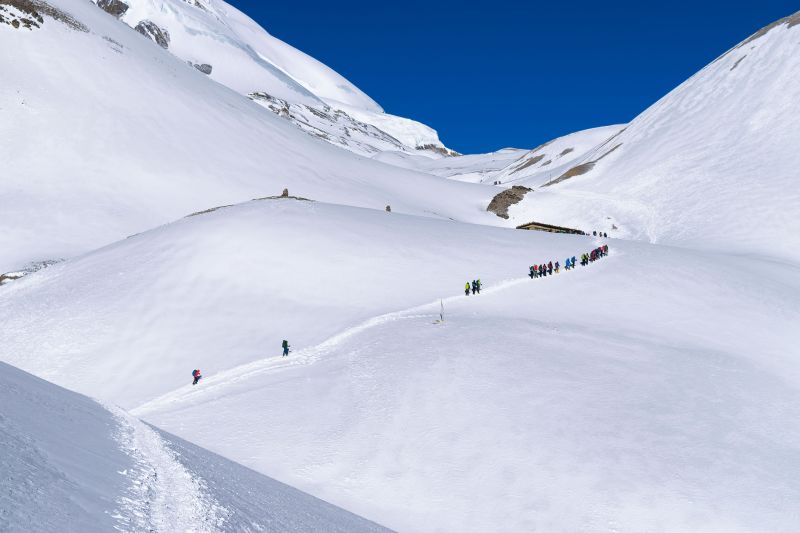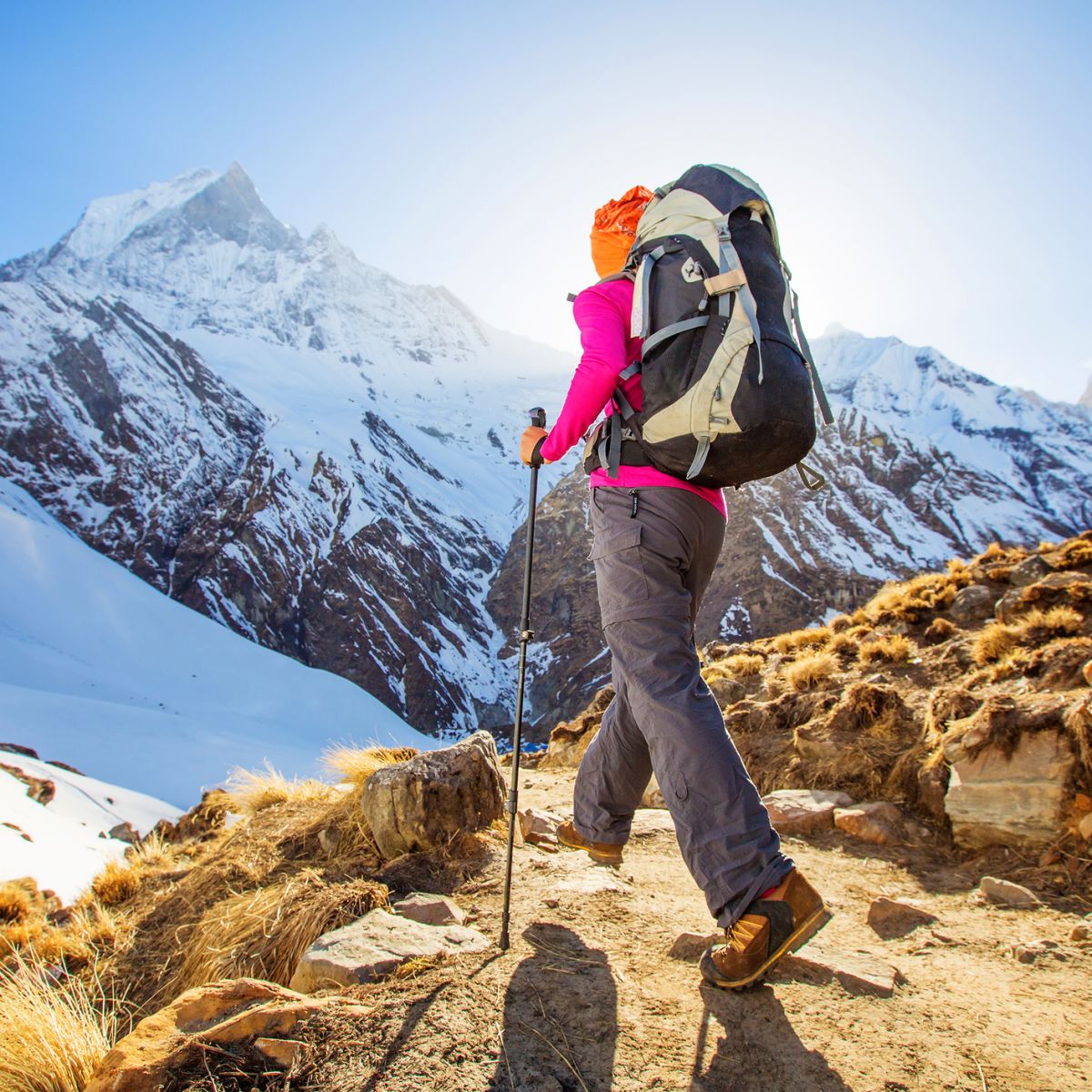
Must-know Annapurna Circuit safety tips
The Annapurna Circuit is a safe trek if you prepare properly and approach it sensibly. It's usually only when neophytes go charging in with little thought to safety that things go awry. Here's all you need to know to enjoy a safe Annapurna Circuit trek.
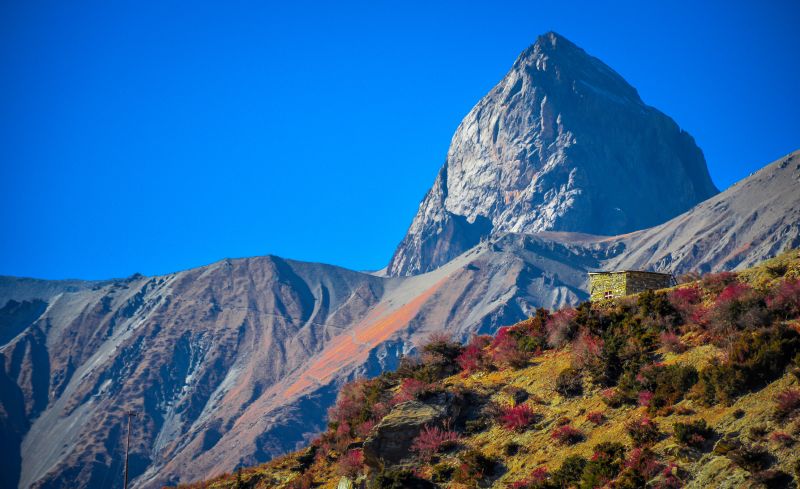
Altitude sickness

Altitude sickness is one of the most important Annapurna Circuit safety topics, alongside exposure. It's critical that you understand what it is and how to avoid it.

The benefits of altitude meds

Acclimatising properly
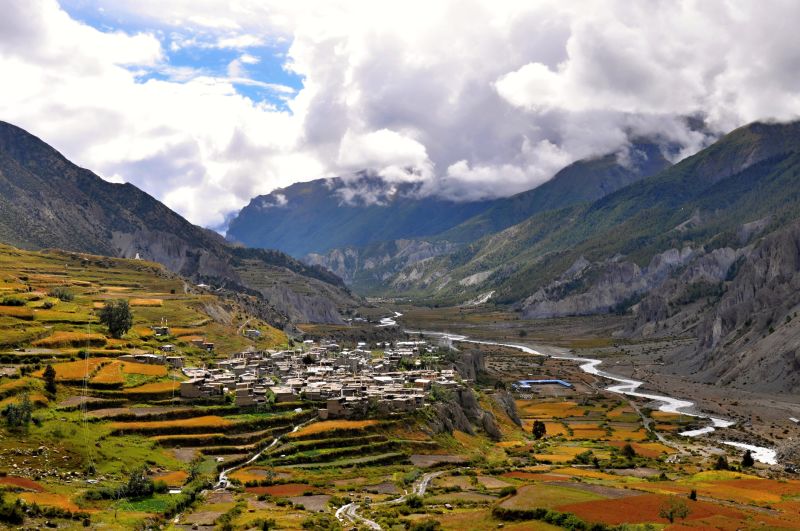
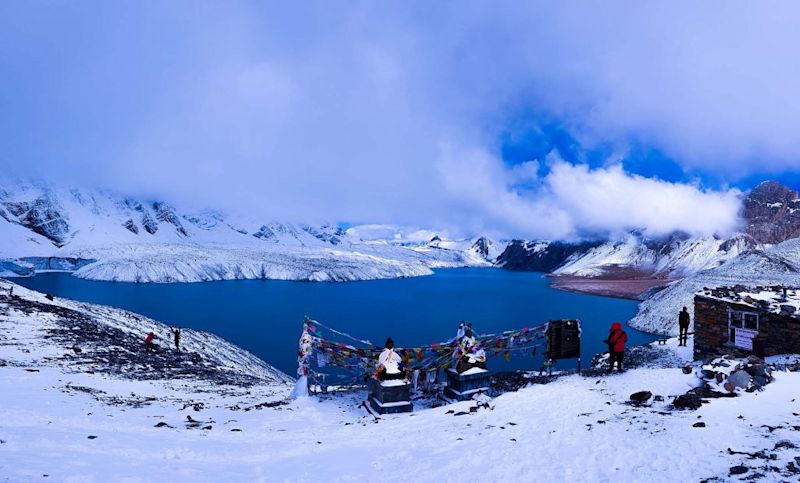
When to abort your trek
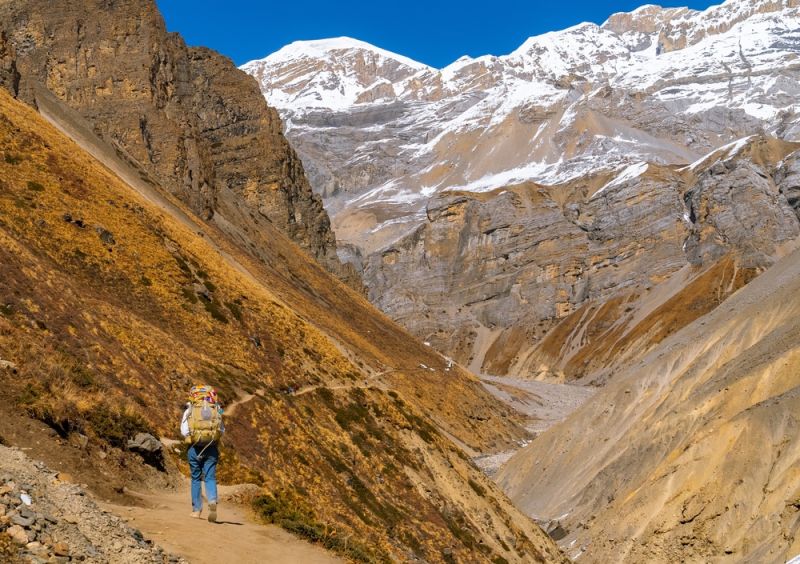
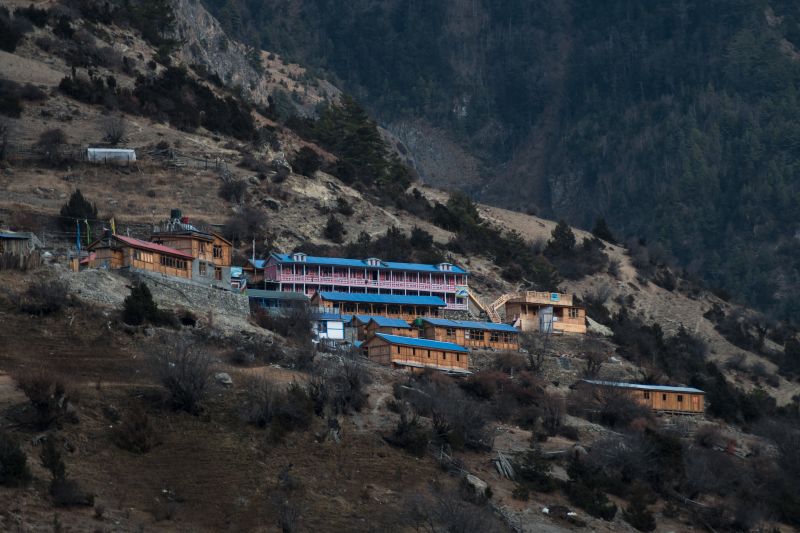
Further reading on the topic
Extreme weather conditions
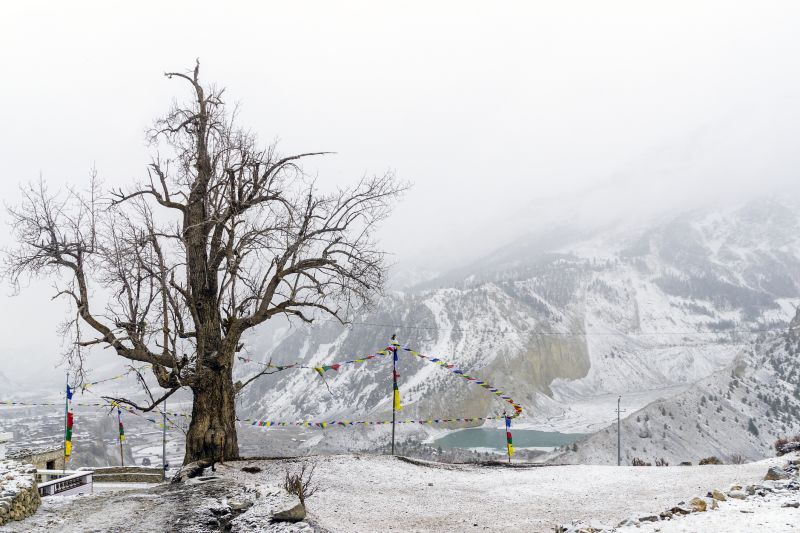
Staying warm and dry when trekking
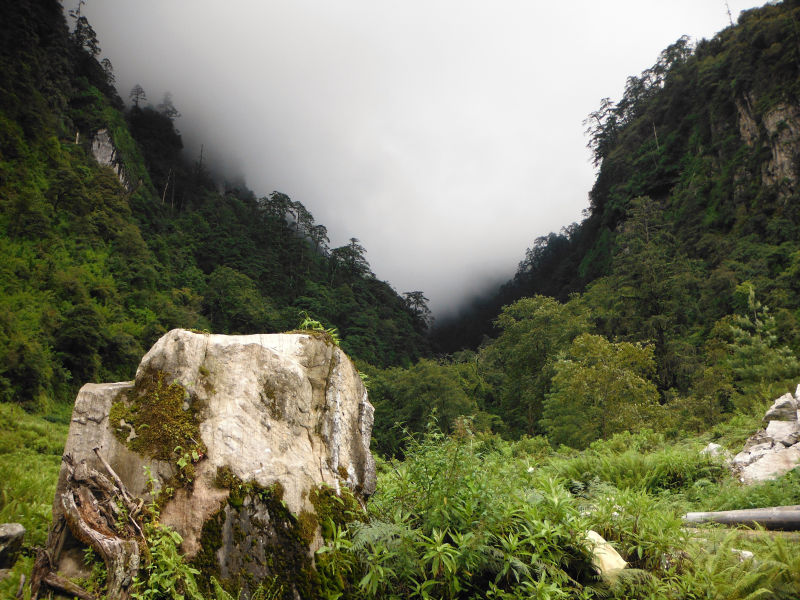
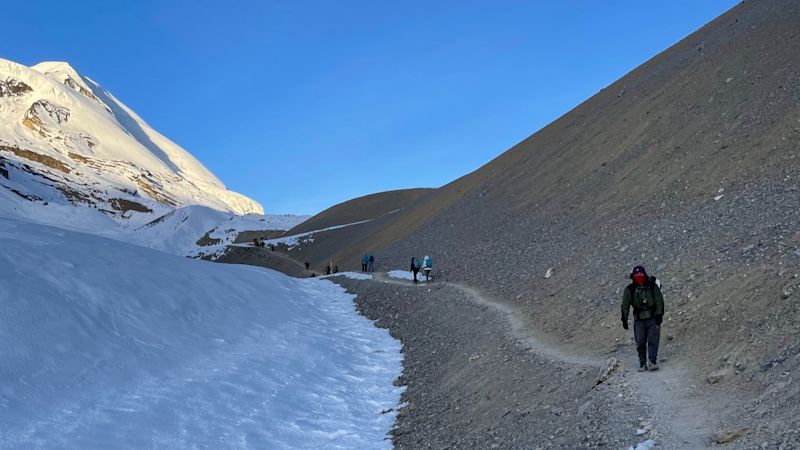
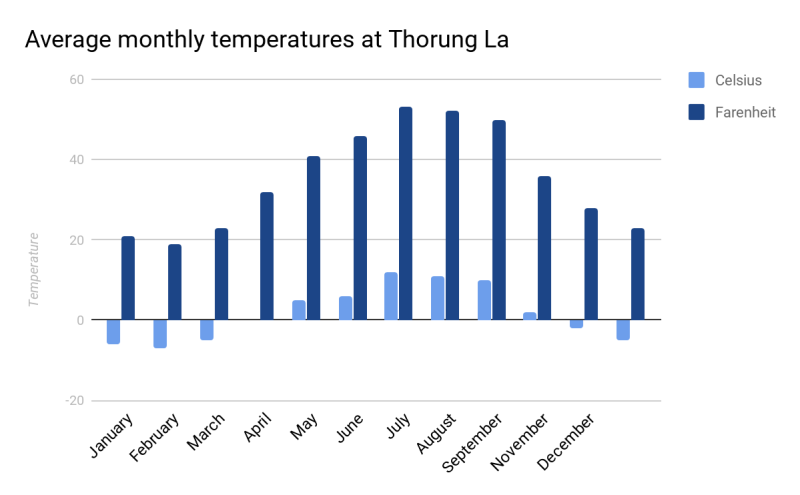
Properly insulated trekking boots (more on these in a moment) A poncho or rain jacket Waterproof trousers or overpants A backpack rain cover A winter jacket Thermal inner wear Woollen or similarly cosy socks Winter gloves A beanie or balaclava
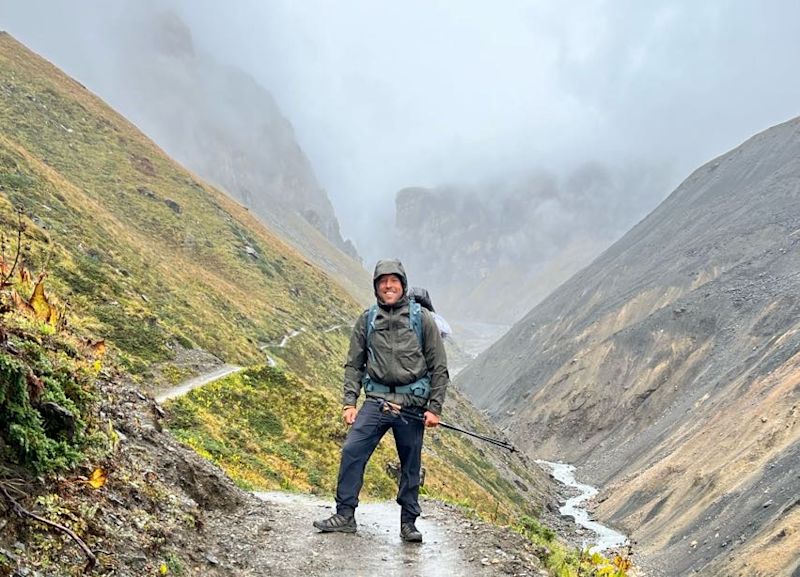
Staying warm at night
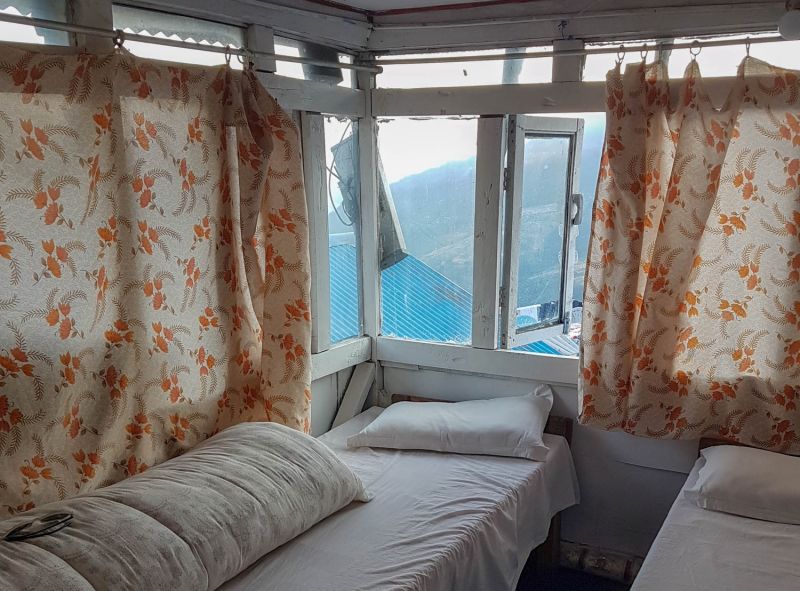
Night-time temperatures can regularly drop below freezing point in the teahouse bedrooms of the upper section of the Annapurna Circuit.
A snug-fitting winter sleeping bag with a hood Thermals, including woollen socks A warm hat (since much heat is lost through the head) A hot water bottle or hand warmer
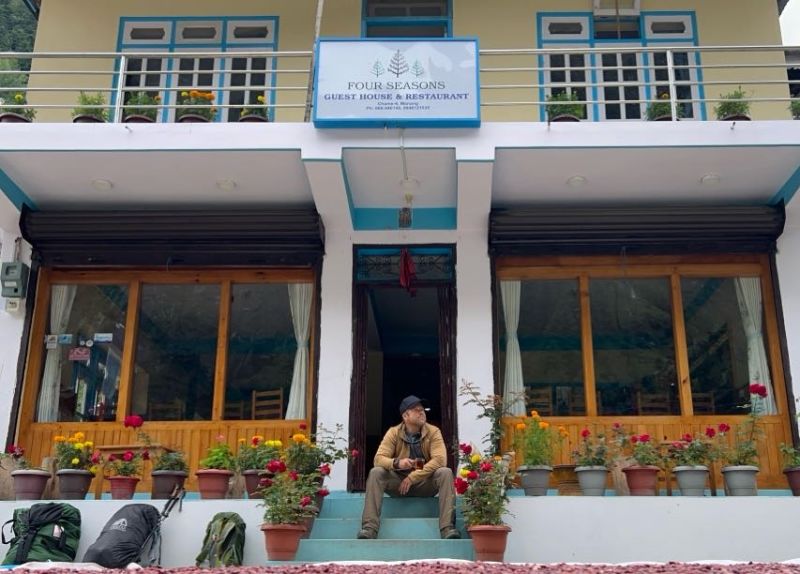
The best seasons for the Annapurna Circuit
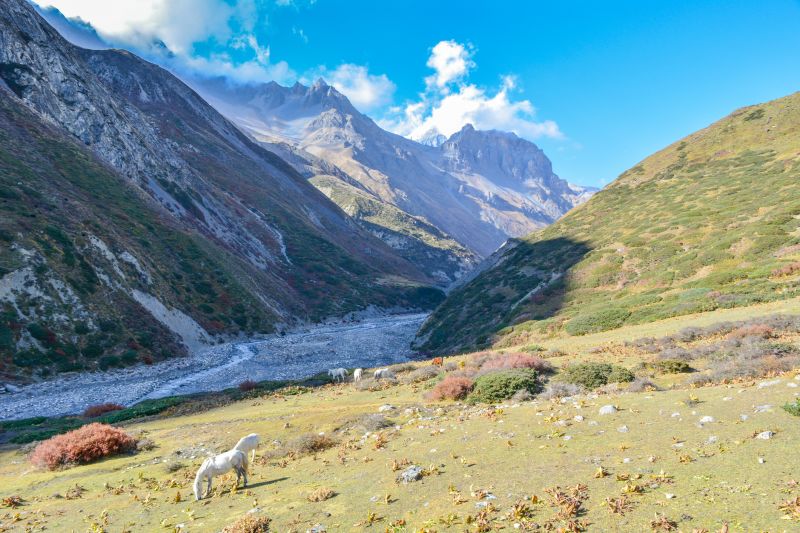
The trail
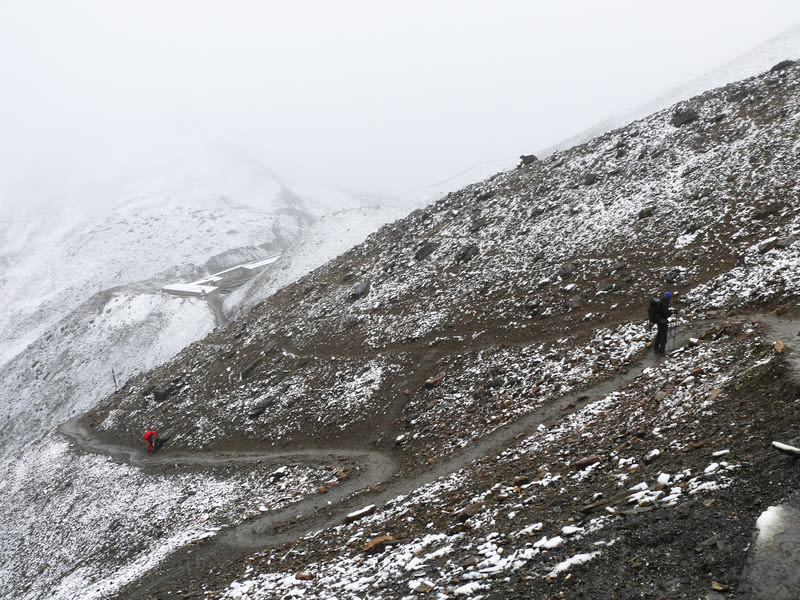
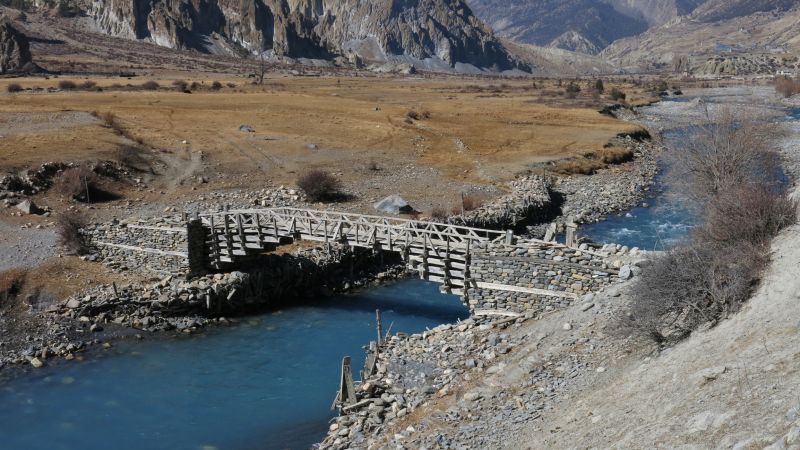
You should have already hiked about 100 km in them. They must have deep lugs for traction. Proper toe caps are important to protect your digits. They should be waterproof or at least water-resistant.
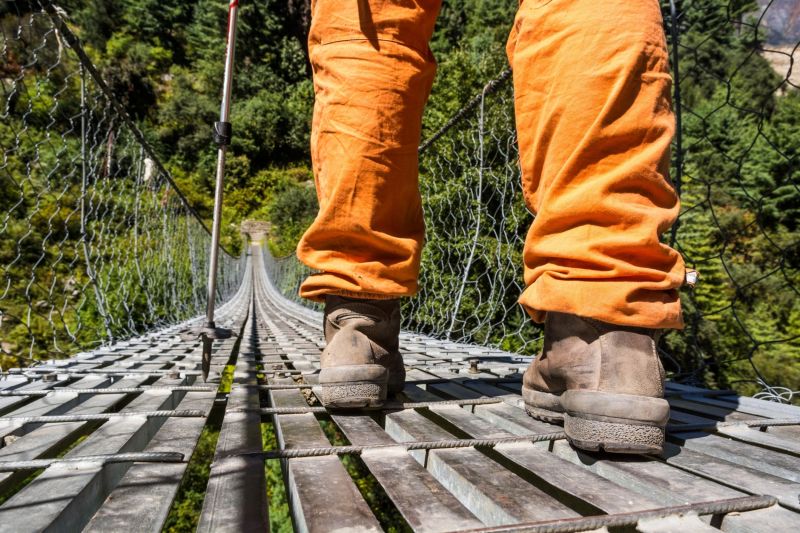
Remember that the Annapurnas are part of the Himalayas, so frostbite is all too possible if you don't come armed with warm and waterproof clothing and boots!
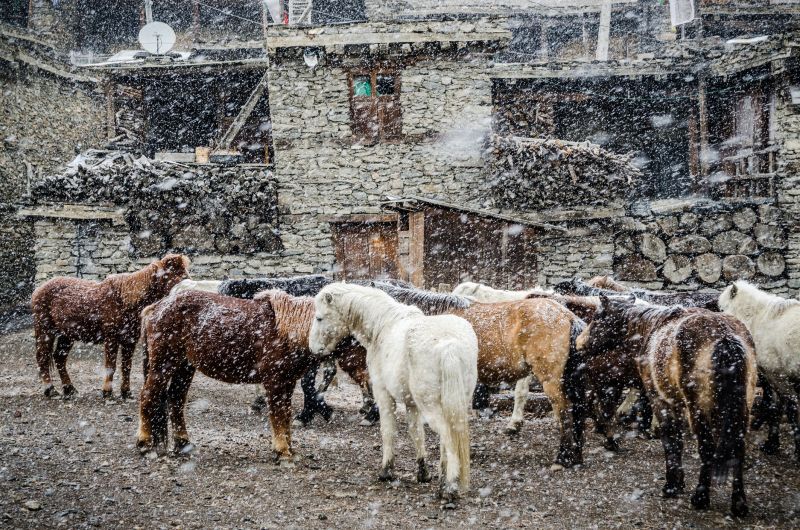
Food and water
Food safety on the Annapurna Circuit

One little tummy bug can spell the end of your trek. So be cautious to the point of paranoid with regards to what you eat and drink.

Water safety on the Annapurna Circuit
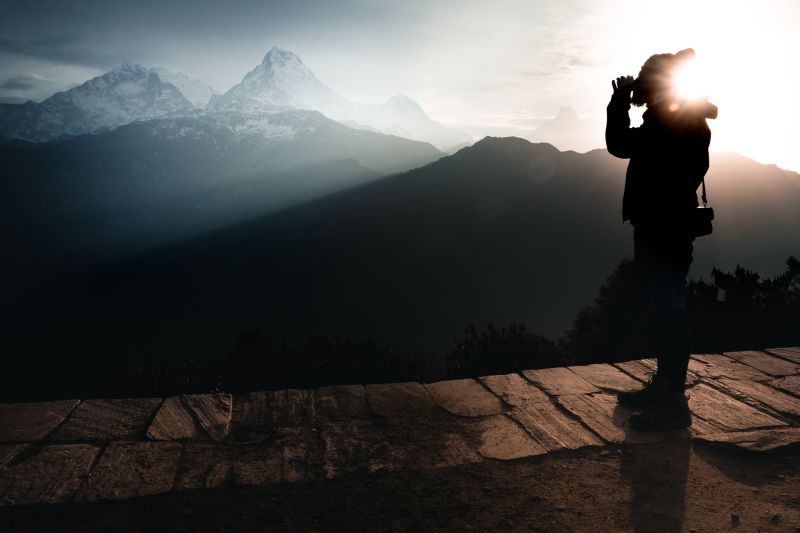
Buy bottled water at the shops. This is, however, only an option lower on the trail, as there are no shops at the highest elevations. It's also not an environmentally friendly solution. Pack purification tablets or bring a water bottle with a built-in filtration system if you want to use tap water (public water). But note that there won't be running water higher up on the trail. Stock up on boiled water at the teahouses. This is the best and most sustainable option.
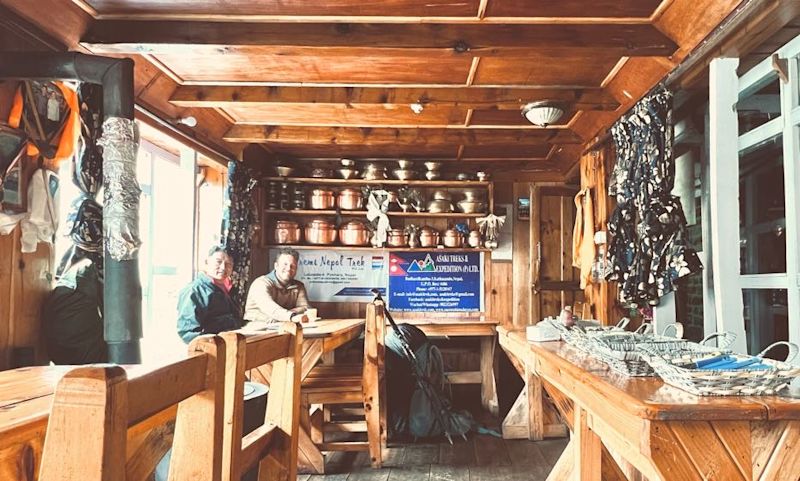
Avoid salads and other foods that might have been washed in unpotable water. Wash your fruit with sterilised water. Brush your teeth with your drinking water. Keep your mouth shut when showering.
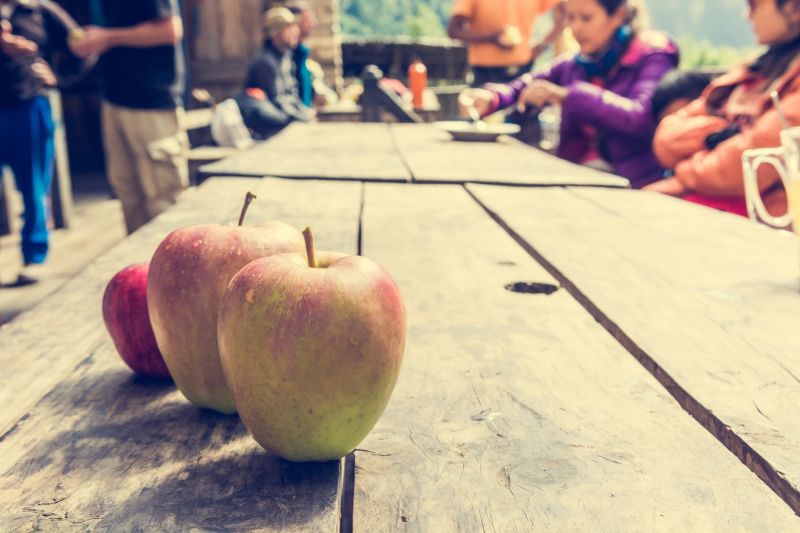
The sun

How to protect your eyes
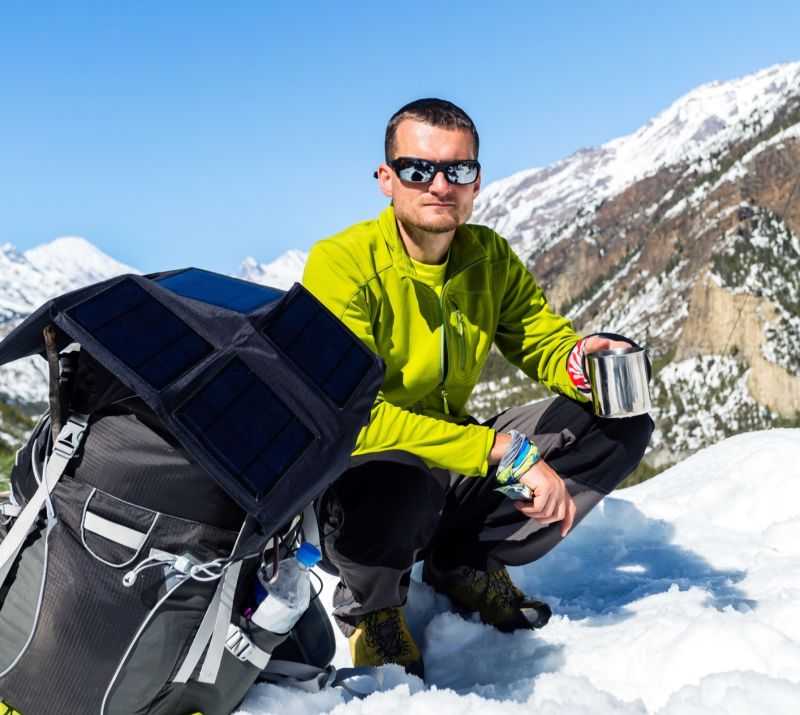
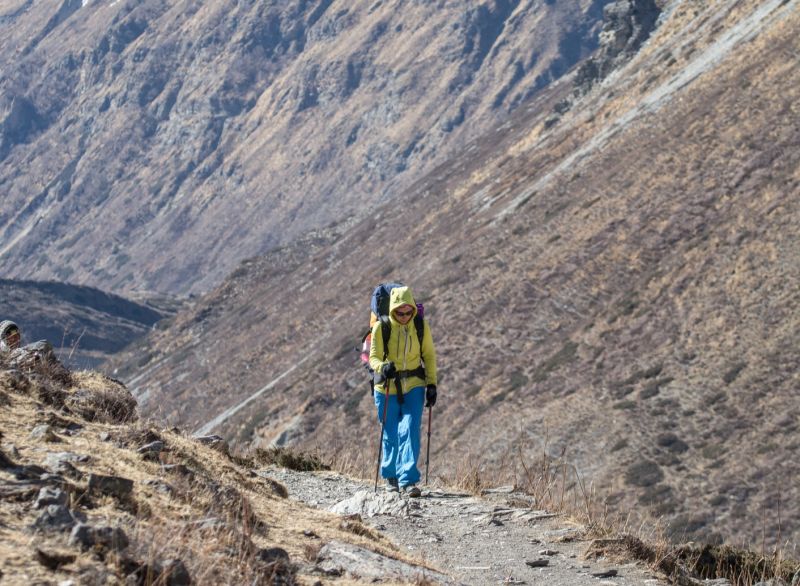
How to protect your skin and lips
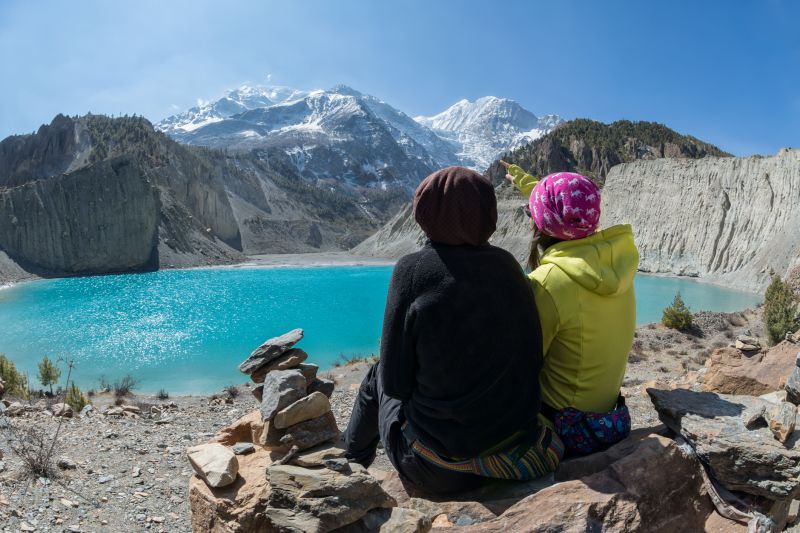
The lips are often a weak link in the body armour on high-altitude treks – don't let painfully peeling lips be the memory you carry with you of your Annapurna Circuit trek!

Full-spectrum sunscreen with a high SPF factor (we suggest a factor of 40 or more). Full-spectrum lip balm with a high SPF factor. A sunhat with a wide, wrap-around brim. A neck cord is useful in case a gust of wind tries to steal it. If you only want to wear a sports cap, be sure to add sunscreen to your ears and wear shirts with collars to the protect the back of your neck. Long-sleeved shirts to protect your arms. A hardworking moisturiser or hydrating serum. You want to moisturise your skin throughout the trek, especially at night, with particular focus on your hands and face (as these are the most exposed parts of your body). Remember that creams offer more moisture than lotions. Also note that hyaluronic acid is one of the star ingredients in a truly hydrating product. A snood. If your lips (and even nose) really start to feel the sting of the cold, you'll be super grateful to have a snood to pull up over them. Alternatively, you could pack a balaclava – this a particularly great idea if you intend to trek in winter.
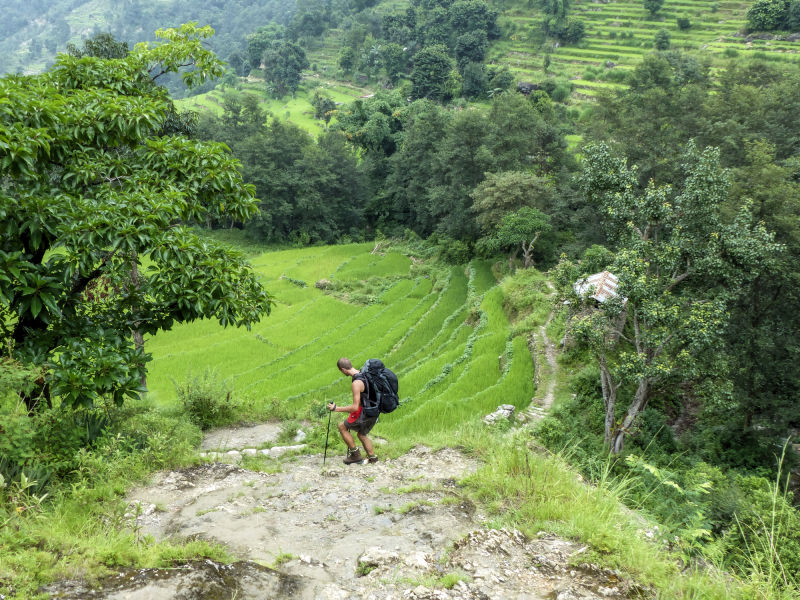
Cover up as much as possible on particularly sunny or windy days to prevent your skin drying out. Moisturise your skin religiously before you even develop an issue. Prevention is better than a cure. Dry skin and lips are dehydrated skin and lips, so drink lots of water to nourish them back to plump wellness. Try not to lick your lips if they're dry. This will only worsen the situation. Don't pick dry or peeling skin or lips, as this will only prolong the healing time. If you're prone to dry skin or lips, consider packing an exfoliator and night-time repair mask for either, or both.
Vaccinations
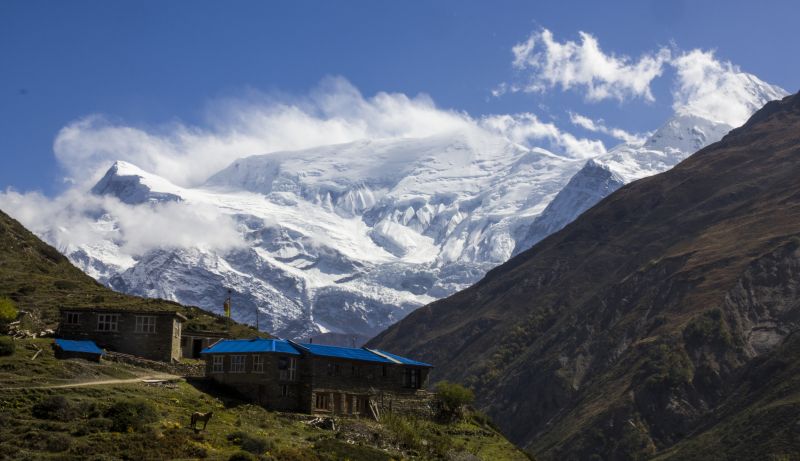
Travel insurance
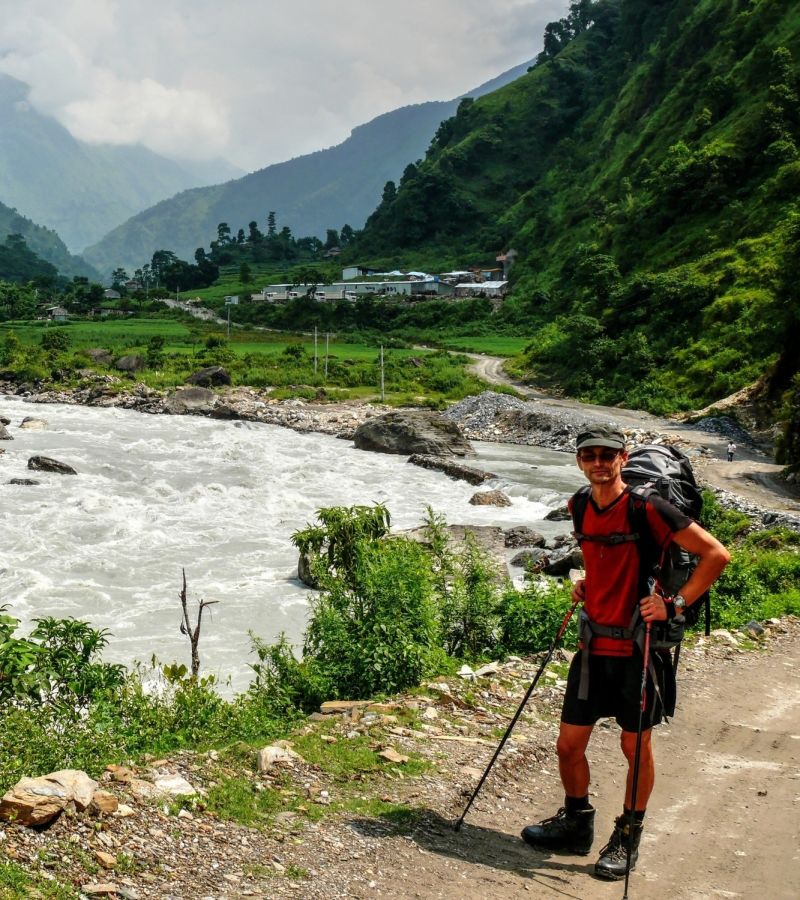
Please note that the Government of Nepal won't issue you with a trekking permit without proof of travel insurance.
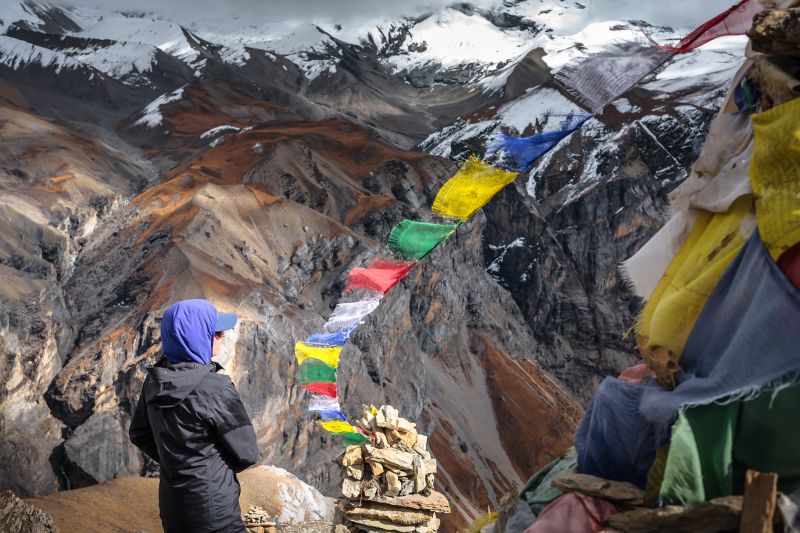
Trek guides
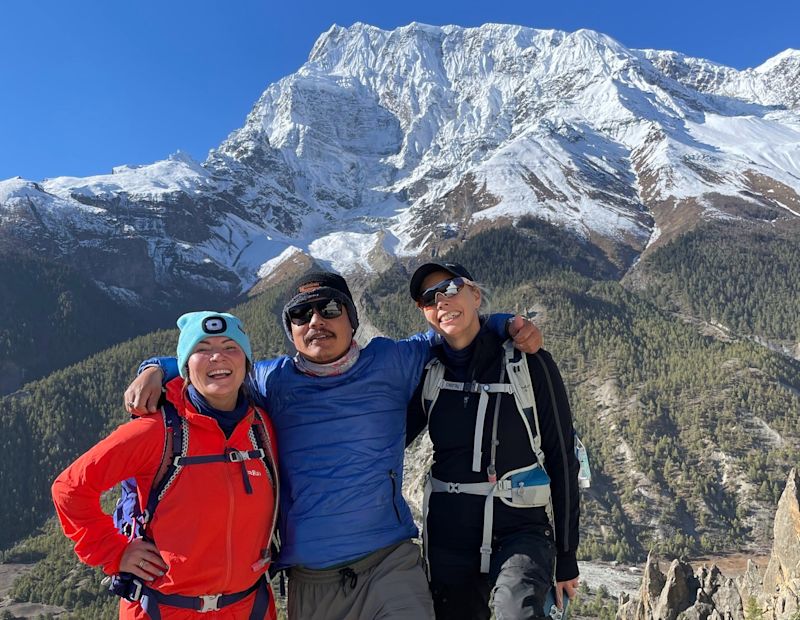
Check you have the proper gear before starting the trek. Ensure you don't get lost. Detect the signs of altitude sickness and respond appropriately (which might mean insisting you descend in altitude). Pay close attention to weather updates and decide if it's safe to continue trekking. Carry a first aid kit and treat any accidents or illnesses (within a reasonable scope). Carry and administer backup oxygen should a client need it. Carry a radio and call for assistance if necessary (and possible).
